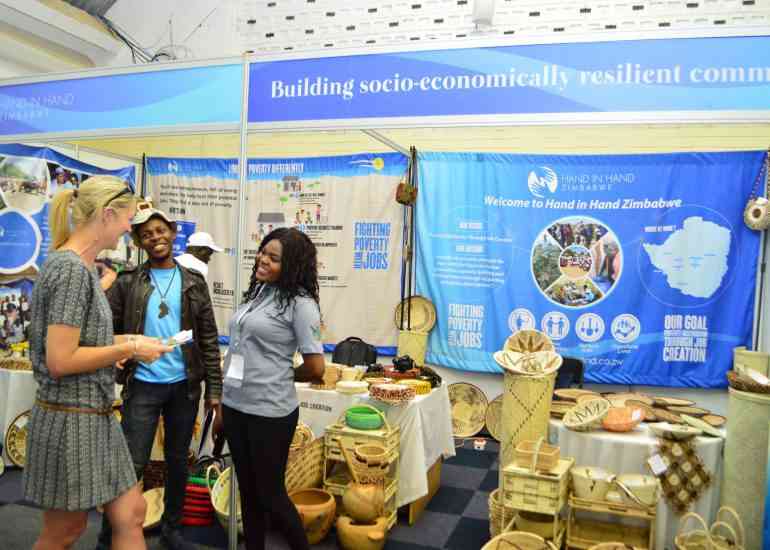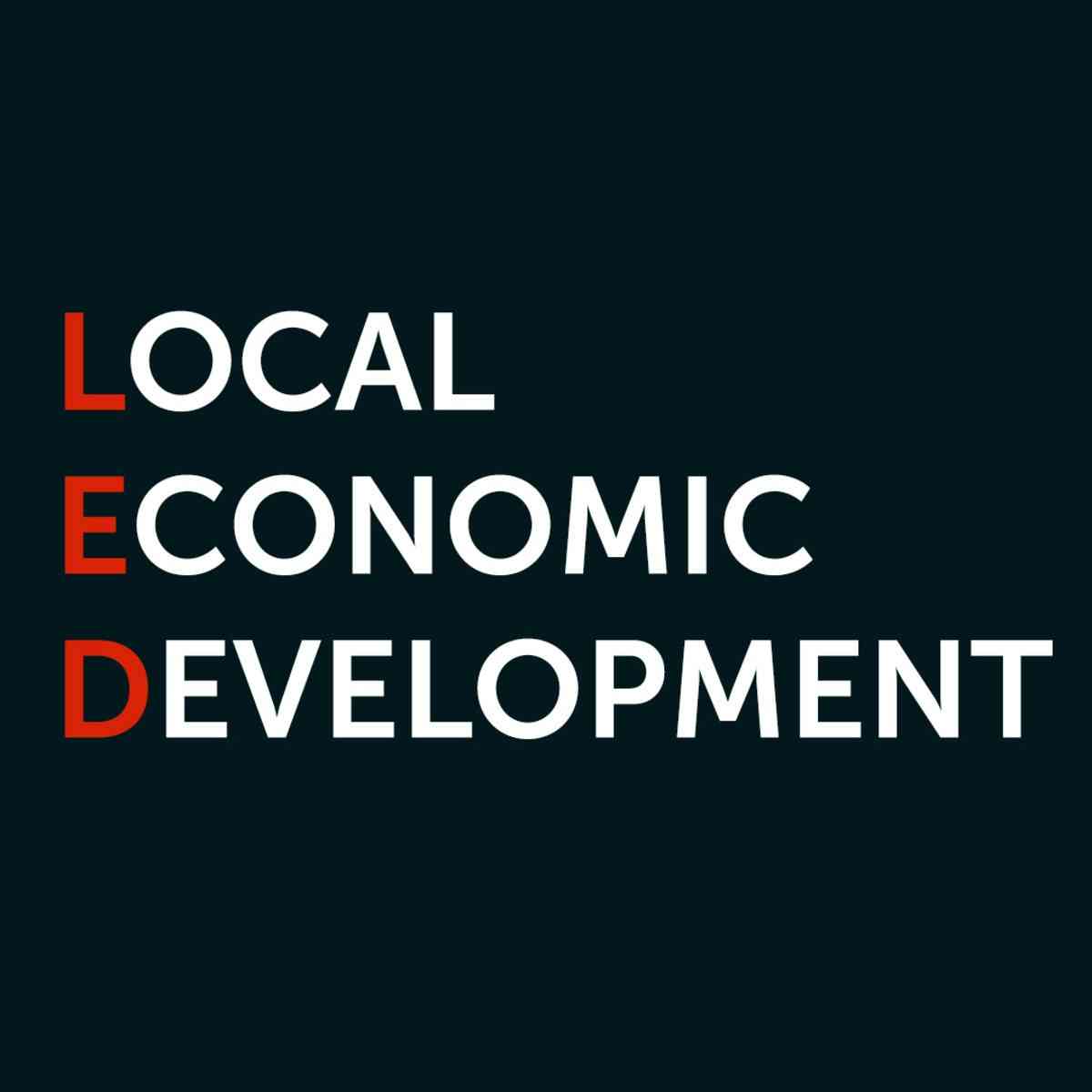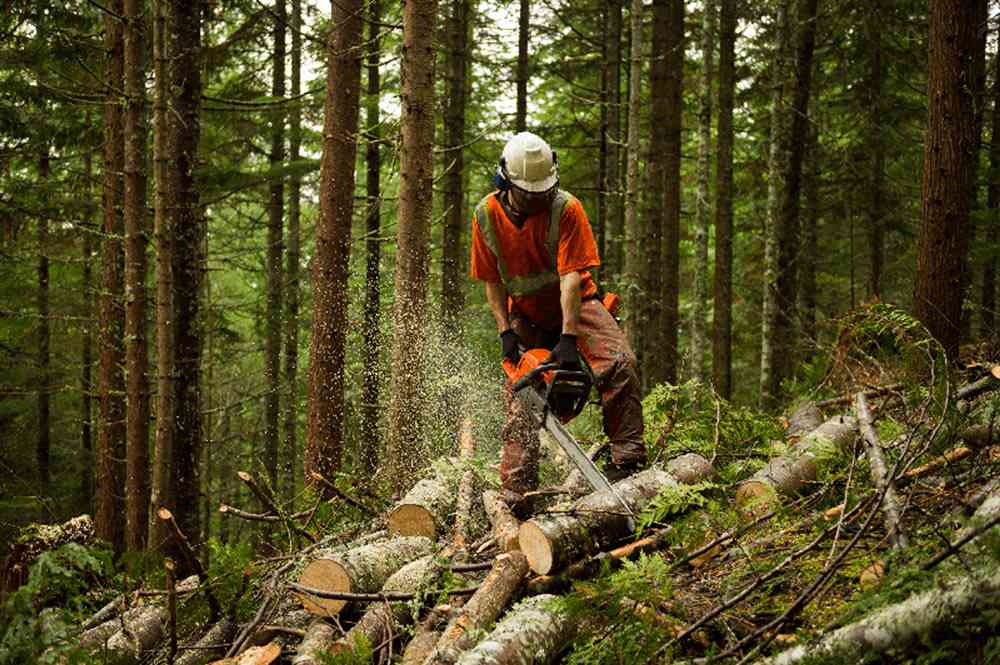
The Sanganai/Hlanganani World Travel Expo ended on a very high note. The weeks following the exhibition have been dedicated by exhibitors to ensure that the return on their investment counts.
The timing of this article is deliberate in that measurable results from participation at a trade show of this kind take time to manifest. It’s a conundrum that has escaped the understanding of colleagues within the organisation.
We can conclude that the exhibition itself was successful for the Zimbabwe Tourism Authority (ZTA) in the sense that 100 international buyers came through while 270 exhibitors out of an initial target of 250 participated.
The Expo ticked all the boxes, staging memorable events that impressed both local and foreign guests.
When asked during an interview, Zimbabwe Tourism Authority CEO Winnie Muchanyuka did mention that the results of expos can only be measured over the medium to the long term, which is reason for this article in assisting participants make the most of their post-show strategy
Every exhibitor at Sanganai/Hanganani World Travel Expo invested significantly in participating at the expo to market their tourism product. We have seen how trade shows are highly instrumental in promoting a business. An exhibitor therefore needs to be sure they are making a good return on investment for the amount that they are putting into a single show.
One of the objectives of exhibitors at any exhibition is to make as many connections as possible. The other form of measurement is the impression created on those who attend the event. According to experts, the best way to improve return on investment or ROI is to make an exhibit as memorable as possible, so that the brand presence impacts visitors positively.
This was amply displayed by exhibits that went on to win awards based on quality. Those exhibits that stood out in various categories were celebrated at a ceremony staged for the event. One should accept that it can be quite difficult to make an exhibit stand out.
- SanganaiHlanganani Expo dates set
- Govt challenges youths to participate in tourism
- Public relations :How to get ROI from expos like Sanganai/Hanganani
- HAZ annual congress to reset tourism success
Keep Reading
I have indicated in the last two articles that the increase in the use of social media and online advertising, meeting people face to face continue to be the most effective way to increase long-term exposure. This is the main reason why tradeshows continue to exist throughout the world.
“Tradeshows act as a good platform for exhibitors to connect with other professionals with shared interests. It enables them to build new partnerships as well as meet with their target audience. These partnerships can prove quite profitable in future, while letting exhibitors increase their brand awareness,” a leading exhibition consultancy firm says.
I did mention that your show strategy is important because it ensures that you identify and meet all your objectives. They incorporate things such as your sales and growth strategies, and ensure the tradeshow will well balance out that strategy. One has to determine how many leads they are looking at generating, whether the business relationships that one aims to make will benefit the business later on.
One of the most critical activity post-event is to follow up on the leads generated at the event. A data base should have been compiled during the expo with all the relevant information such as contact details and areas of interest. These details can then be used to decide if the lead is worthy of a follow up after the event. A call to qualified leads will be appreciated by potential clients who are still making up their minds on what offer to take. Remember that they are spoiled for choice.
Use a good strategy for your follow ups. You can also make sure that you have a measurable impact, by using a CRM tool that will allow you to input data about customers from the time of lead generation to the time of purchase. This is a great way to let you know whether the money that you put in was worth it and to learn better ways to invest for future shows.
At the end of the day, you need to be able to measure the return on investment that you gained by participating in the trade event. The main formula that you can use here is to see what the difference in gross profit has been subtracted from the marketing expenses and then divide that result by the total marketing expenses. The marketing expenses will include everything and anything related to the tradeshow. This would include the cost of the booth, flights to and from the event, hotel stays, food and beverages, drayage and booking costs.
The next part of calculating the ROI is to measure the leads and sales that were generated as a result of participating in the tradeshow.
You can use a CRM tool that will tag each and every lead that was used during the sale event. This lets you view how many customers tagged to the event actually ended up purchasing products from your company.
Have a meeting after your regular sales cycle to discuss the analysis of these metrics. You will be surprised to see just how good a return on investment different approaches brought.
You can also brainstorm with your team to see what you can do differently at the next trade event. If you have made a good percentage of profits over what you have invested into the tradeshow event, then you have done a good job.
Thanks to advanced technology and digital efforts, exhibitors now have the power to be able to measure the impact of their booth on their audience so that they can better evaluate the effect of their results.
By using the right strategies, you can make sure that your tradeshow booth gives you the return on investment that you would expect. Through a good booth, effective marketing and the right follow up, you can be the star of the show while maximizing your profits for the sales cycle.
At the end of day, you need to know if the trade show was worth it. The main formula that can help you determine this is to subtract the gross profit from the marketing expenses. The marketing expense includes everything and anything related to trade show. This includes the cost of participating at the event, that is, the booth rental, transport, hotel stay, food and beverage, and bookings.
Next, you should calculate the number of leads that were generated as a direct result of attending the trade show. A CRM tool can be used to track each and every lead that came through the door. This lets you see how many customers tagged to trade show actually ended up buying products from your company.
After the regular sales cycle, have a meeting to discuss the analysis of the data. You will be amazed to see just how much money you can make off one trade show. If you have made good percentage profits over the amount that you spent on the tradeshow, then you have done an excellent job.
Use the information that you gathered to brainstorm new ways to improve your performance at future events. If you have made enough money to cover your expenses, then you have done well. With the advancement of modern technology, exhibitors now have access to powerful tools that allow them to measure the impact of the booth on their audience.
By using the right strategy, you can ensure that your tradeshow booth brings about the desired results.
Through a good booth design, effective marketing and the proper follow up, you can maximise your profits for the sales period.
This and other strategies can put you in good stead with the guys at finance, and of course put you in good stead for justifying your participation at the next expo.
- Lenox Lizwi Mhlanga is a communications strategist with 20 years experience in the profession and counsels organisations in the private, public and civic society as well as political actors. He has worked for the Word Bank and is advisor to local and regional PR agencies. Contact him on: Mobile +263 772 400 656 and Email: [email protected]










